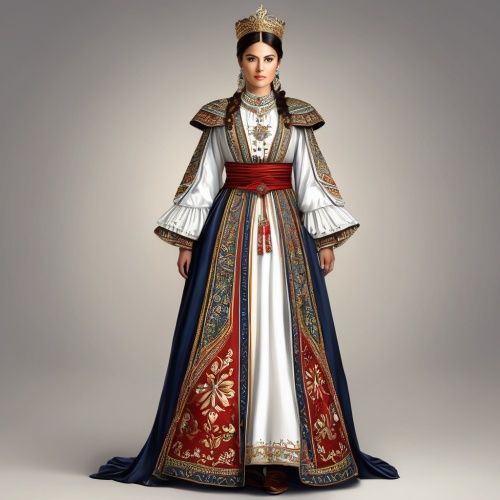Understand
Long ago, during the Middle Ages, a small Slavic settlement named Zaslon emerged and found mention in historical documents from the mid-15th century. Over time, it became a part of the Ottoman Empire after the fall of Belgrade in 1459. The Turks constructed the initial fortress in this strategic location, naming it Brdelen. Throughout its turbulent history, the city frequently changed hands due to its position on the border between the Ottoman Empire and Hungary, later known as Austria-Hungary. Moreover, it flourished as a significant market town. In an incredible victory during the First Serbian Uprising against the Ottomans in 1806, Serbian forces triumphed in the Miar field near abac, leading to the city becoming a part of the Principality of Serbia. However, Turkish forces continued to occupy the fortress until 1867. Jevrem Obrenovi, the influential Serbian mayor during this era and brother of Prince Milo Obrenovi, played a pivotal role in modernizing and urbanizing the city. With its growing prosperity, abac rapidly expanded, boasting various firsts in Serbia: a new primary school since Ottoman rule in 1826, the introduction of European-style horse carriages, the first piano, the advent of glass windows, the establishment of the first newspaper in 1883, and even breaking barriers by becoming the first place in Serbia where women began visiting kafanas, or pubs. Sadly, the city suffered occupation and devastation during the First World War by the Austro-Hungarian army. Nonetheless, it rebounded after the war, steadily developing into an industrial city. A significant milestone occurred in 1938 with the establishment of the Zorka chemical plant. The horrors of World War II saw abac occupied by Nazi Germany in 1941 but was later liberated in 1944 by the valiant Yugoslav Partisans. During the era of the Socialist Federative Republic of Yugoslavia, abac flourished as a modern industrial city. Notably, the city's landscape transformed with the construction of the first state-of-the-art sports hall in the 1970s. The once swampy outskirts of the city, known as Benska Bara, underwent drainage and metamorphosed into a vibrant residential neighborhood. Additionally, a new bridge elegantly spanned the Sava river, symbolizing progress and connectivity.
Map & Climate
Popular Foods
 Cevapi - Cevapi are grilled, minced meat patties typically made from beef, veal, or a mix of both. They are seasoned with a blend of spices, including paprika, garlic, and black pepper, and served in a flatbread called somun, accompanied by raw onions, ajvar (a red pepper and eggplant spread), and sour cream.
Cevapi - Cevapi are grilled, minced meat patties typically made from beef, veal, or a mix of both. They are seasoned with a blend of spices, including paprika, garlic, and black pepper, and served in a flatbread called somun, accompanied by raw onions, ajvar (a red pepper and eggplant spread), and sour cream. Gibanica - Gibanica is a traditional Serbian pastry made from layers of
Gibanica - Gibanica is a traditional Serbian pastry made from layers of  Drnićki jogurt - Drnićki jogurt, also known as Drnički kiselo mlijeko, is a traditional Serbian yogurt originating from the town of Drniš in the Lika region. This thick, tart yogurt is made using bacteria-rich sheep's milk or a combination of sheep's and cow's milk. It is often enjoyed as a refreshing snack, paired with honey, fruit, or nuts.
Drnićki jogurt - Drnićki jogurt, also known as Drnički kiselo mlijeko, is a traditional Serbian yogurt originating from the town of Drniš in the Lika region. This thick, tart yogurt is made using bacteria-rich sheep's milk or a combination of sheep's and cow's milk. It is often enjoyed as a refreshing snack, paired with honey, fruit, or nuts.




Comments
NO COMMENTS